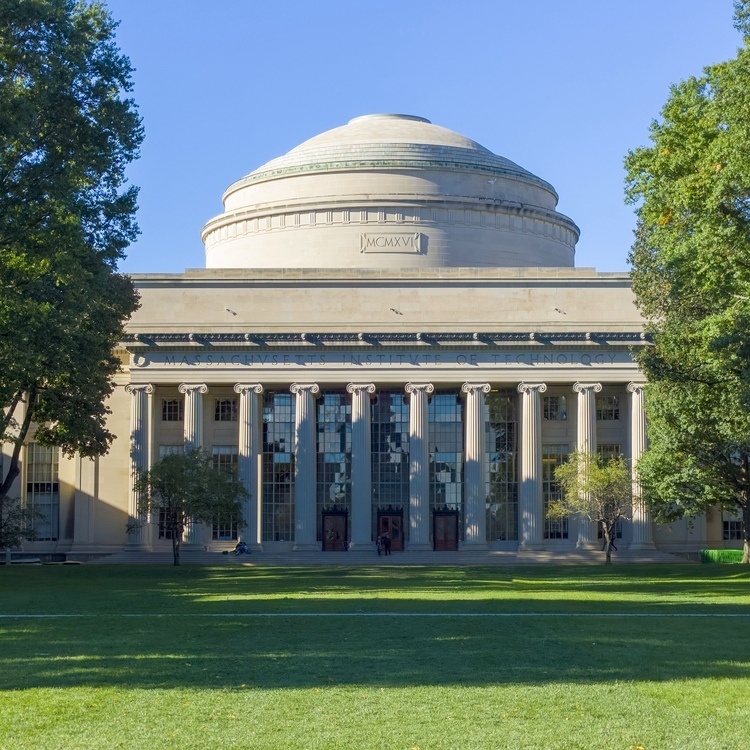
Amauche Emenari Thesis Defense: Expansion Microscopy of Extracellular Space for Light microscopy-based Connectomic
Description
Expansion Microscopy of Extracellular Space for Light microscopy-based Connectomic Analysis
Abstract:
In this dissertation, we present an exploratory methodology, termed expansion microscopy of extracellular space (ExECS), designed to enhance the visualization of the extracellular space (ECS) within aldehyde-fixed tissue. This technique leverages the principles of expansion microscopy (ExM), a method that facilitates nanoscale imaging on conventional microscopes through physical magnification of specimens, thereby supporting improved visualization of various cellular and tissue components including proteins, nucleic acids, and lipids 1.
The ECS forms a continuous environment between cells2. Its presence throughout neural tissue makes it an attractive target for contrast-based techniques such as shadow imaging, where the ECS is selectively labeled to produce negative contrast, revealing cell shapes and boundaries as unlabeled silhouettes within a labeled background. Although ECS delineation in fixed tissue is limited by the fidelity of fixation and may not fully reflect its live-state structure, the resulting contrast with the intracellular environment may offer useful contrast for investigating neural morphology and connectivity, offering a useful approximation of network organization.
A key component of the ExECS methodology is the introduction of a custom-engineered ECS Filler solution. This formulation, detailed later, includes a macromolecular probe intended to serve as a proxy for the ECS. When applied to aldehyde-fixed tissue, the filler is designed to diffuse throughout the sample, preferentially occupying extracellular compartments while remaining largely excluded from intracellular regions. This selective distribution is expected to persist even in areas where aldehyde fixation may have increased membrane permeability.
This diffusion behavior is presumed to result from a combination of size-based exclusion and intermolecular interactions between the hyaluronan polymers, which form the main component of the filler solution, and the plasma membrane. The constituent hyaluronan is functionalized with amine groups to enable covalent crosslinking and with azide groups to allow fluorescent tagging via click chemistry.
These modifications are intended to enable the ECS filler to act as a contrast agent by labeling the extracellular space, providing a foundation for a shadow-based imaging strategy to delineate morphology of cellular structures.
In parallel, we introduce a lipid-targeted form of ExM, termed membrane expansion microscopy (mExM). This approach employs a custom chemical tag that enables nanoscale optical imaging of lipid membranes using a lipid-optimized expansion protocol. mExM, via a novel post-expansion antibody labeling protocol, enables protein-lipid relationships to be imaged in intracellular organelles. This technique may offer new opportunities to examine aspects of neural circuitry by linking cellular morphology with molecular identity.
Together, ExECS and mExM offer a potential basis for a light microscopy-based framework for connectomic reconstructions. Unlike traditional electron microscopy approaches, which are labor-intensive and low-throughput3, this strategy aims to improve throughput in mapping of neuronal morphology with enhanced resolution that surpasses diffraction limitations. We further propose a novel approach to synapse analysis based on combined ExECS and mExM readouts. This method may aid in resolving synaptic boundaries.
In closing, we propose supporting chemical and computational tools to extend these methods to broader neuroanatomical contexts. With the aim of bridging the gap between tissue ultrastructure and optical accessibility, this work may contribute to efforts toward scalable, high-resolution analysis of neural structure and organization.
On Zoom: https://mit.zoom.us/j/94299620685

